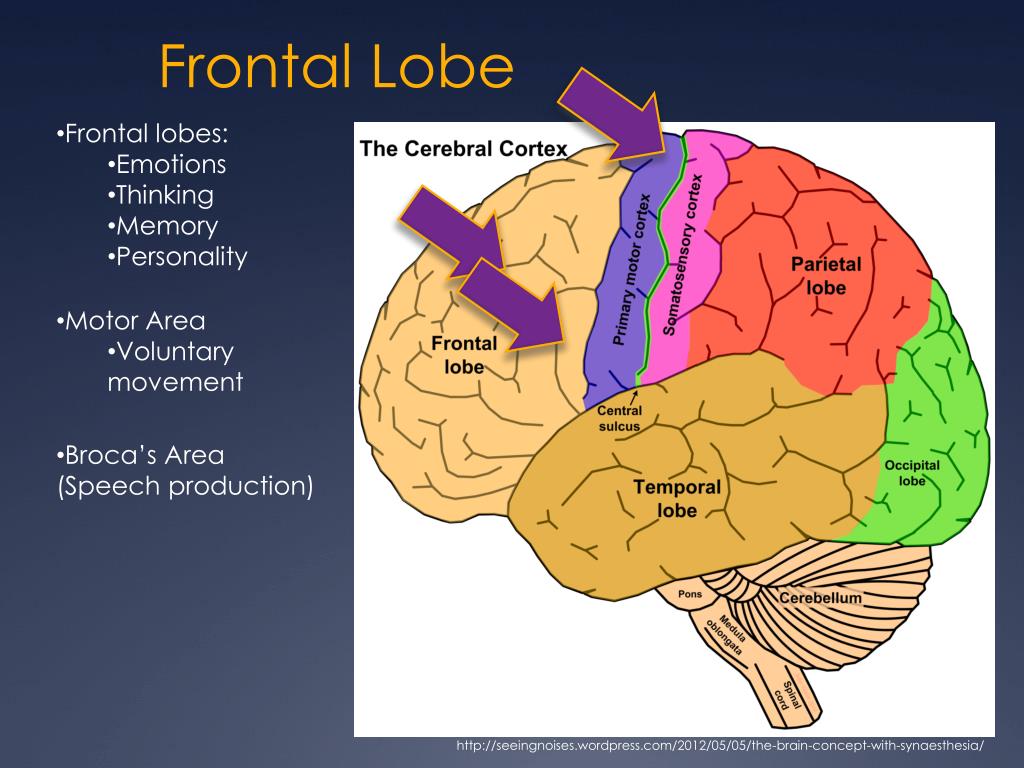

The amygdala is a small structure located in the temporal lobes and is used in analyzing different emotions that arise in various situations. The idea is to break this wind up with various neuro-rehab techniques that involve movement along with neurofeedback training that will help to balance the excessive brain waves that fuel this response. We often refer to this as a “limbic system wind-up”. When there is an inappropriate amount of activation to this area (too high or too low), this system and can spiral out of control leading to conditions such as anxiety and depression. However, the limbic system is also composed of structures such as the hypothalamus, thalamus, amygdala, the hippocampus, and the basal ganglia. There is some debate as to what structures compose the limbic system. The limbic system is the emotional center of the brain and is responsible for tying emotional, sensory, and pain responses with memories. Structures of the Brain That Play a Role in Anxiety Let’s take a look at the function of brain structures that may play a role in allowing anxiety to increase. If so, the response of the amygdala is reinforced and the fight or flight response continues! Once the messages about the threat reaches the cortex, it is the cortex that decides if the threat is actually dangerous or not. This area of the brain takes in all sensory information (except smell) and sends messages to the appropriate areas of the brain including the cortex. The amygdala then sends information to the thalamus. This all occurs even before we are actually aware of the threat! We will cover more of this in our next post.

This is when we begin to sweat, our heart races, energy surges, blood pressure increases. When we get scared or anxious, the startle response is picked up by the amygdala (our emotional/fear center) in the brain. How and Where Does Anxiety Start In the Brain? This may be done by assessing electrical activity within the cortex of the brain or assessing deeper structures that may be involved. Whether anxiety is caused from environmental factors, a functional neurological deficit, or a neurochemical imbalance, addressing anxiety from a neurological standpoint has been proven to be very beneficial. It is in our opinion to approach anxiety from a top down approach. There are many risk factors when it comes to the odds of developing an anxiety disorder. When treating any form of anxiety disorder, it is important to determine where the anxiety is stemming from or what imbalances in the brain or body are fueling the anxiety. Anxiety is very treatable, even without medication, yet only less than 40% of those with anxiety are treated successfully and with the right approach. Anxiety is not only stressful emotionally, but overtime can be very stressful physically on the brain and body.Īwareness of how anxiety can affect quality of life for both the individual experiencing the anxiety and the loved ones around them is extremely important. Anxiety is the experience of environmental stressors which is marked by continued excessive worry, feeling nervous or on edge, sleep abnormalities, difficulty concentrating, emotional swings, fatigue, gastrointestinal upset, increased heart rate, rapid breathing, and restlessness.

Currently over 40 million Americans suffer from some form of anxiety EVERYDAY. Anxiety is so much more prevalent in the United States today than is recognized.


 0 kommentar(er)
0 kommentar(er)
